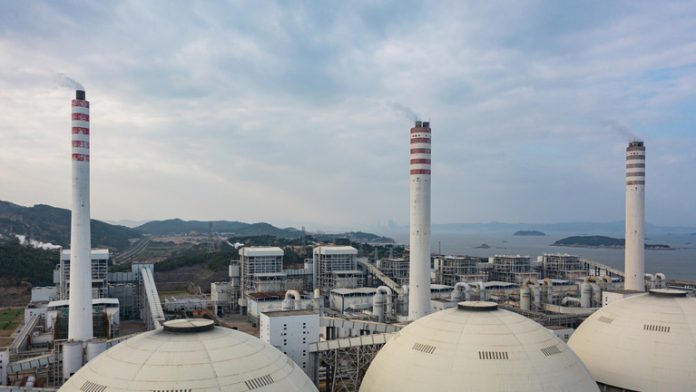|
Lazy eyes listen
|
NewsRescue
The world’s first fourth-generation nuclear power plant (NPP) began commercial operation on Wednesday in the Chinese province of Shandong, according to the National Energy Administration (NEA).
According to the statement, a high-temperature gas-cooled reactor (HTGR) of the Shidao Bay NPP, also known as Shidaowan, successfully completed the 168-hour non-stop test and has been formally put into operation.
Innovative reactors, according to the International Atomic Energy Agency (IAEA), create up to 70 times more energy, boost the sustainability of nuclear power, and aid in reducing the volume, toxicity, and longevity of radioactive waste.
“China has reached the world’s leading level in the research, development and application of fourth-generation nuclear power technologies,” the NEA said, adding that the commissioning of the NPP will have help promote the safe development of nuclear power and improve China’s scientific and technological innovation capabilities.
Zhang Zuoyi, the chief designer of the HTGR nuclear power plant programme, told Xinhua that “safety” is its most important aspect, stressing that “the reactor can maintain a safe state and steer away from a meltdown or leak of radioactive materials.” He stated that even if all cooling capacity was lost, the reactor will be able to maintain this capability without any intervention.
China Huaneng began exploratory work on the NPP demonstration project with China Nuclear Engineering and Tsinghua University in March 2002. The implementation plan was approved in March 2011, however it was postponed due to the radiation accident at Japan’s Fukushima NPP the same month as a result of the earthquake and following tsunami.
Shidaowan was established in December 2012.





